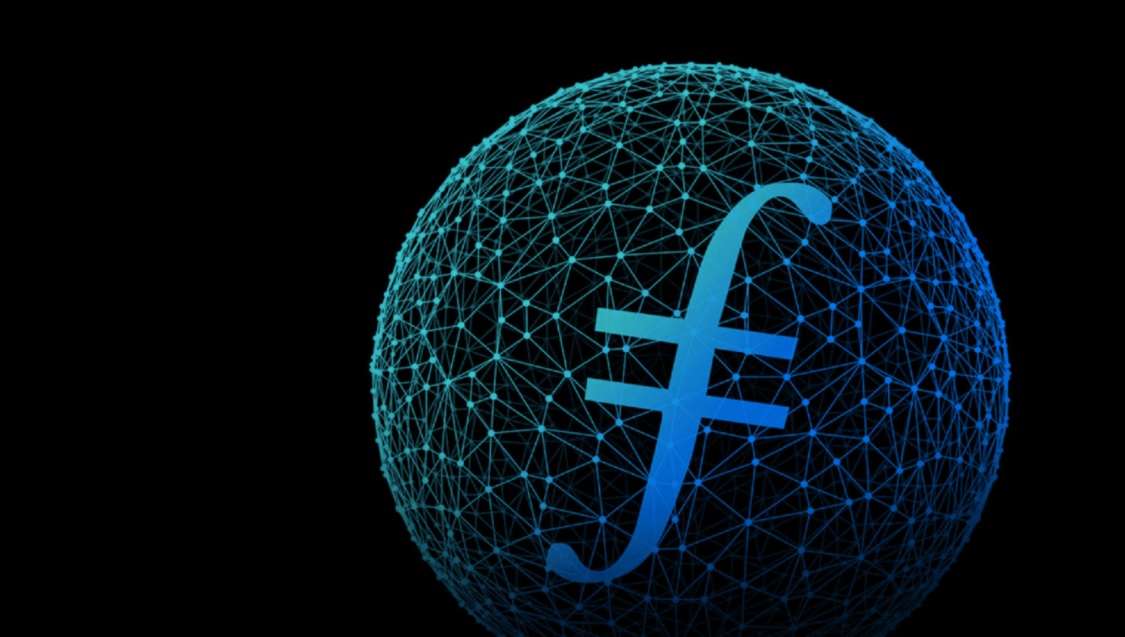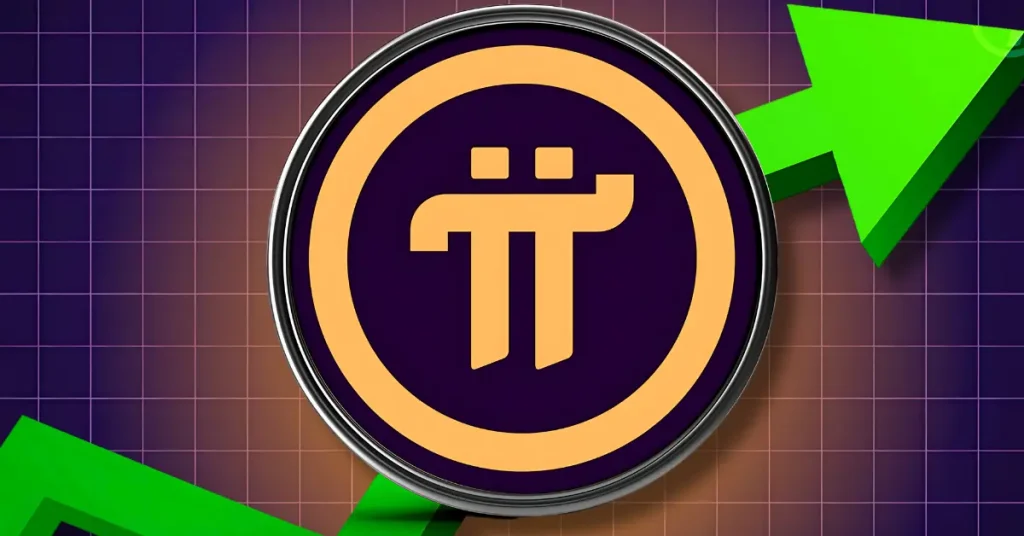ARTICLE AD BOX

- Filecoin’s PDP enables fast, verifiable data access without sealing delays, making decentralized storage suitable for real-time use.
- Combined with Fast Finality, Filecoin now supports low-latency apps while keeping decentralization and transparency intact.
Until recently, many people only knew Filecoin as a place to store cold data, aka long-term archives. But now the story has changed drastically. Through the launch of a new technology called Proof of Data Possession (PDP), Filecoin has officially entered the world of fast, lightweight, and instantly accessible data storage.
This is not only about system updates; it actually opens a new door for decentralized storage prepared to challenge traditional cloud services.
Imagine being able to access data on a decentralized network as conveniently as Google Drive while yet storing it there. Filecoin is attempting to provide that via PDP, then. This method lets storage providers show they still keep your data without first opening or pulling the data.
What does this mean? The data verification process becomes instant, and data that was previously considered “cold” can now turn into “hot” or immediately available.
— Filecoin (@Filecoin) May 6, 2025
No More Waiting: How Filecoin Handles Data in Seconds
On the other hand, PDP brings a major change in the way data is managed and accessed. Now, there is no longer a need for the sealing and unsealing process which is usually troublesome and time-consuming. Filecoin has become much more practical for use in real-time applications that require high speed. In fact, the size of the proof of data ownership is only around 160 bytes, so the network load remains light.
Furthermore, PDP also supports dynamic data that can change at any time – something that was previously quite difficult to do in a decentralized storage system. This makes Filecoin more flexible and can be used for a variety of needs, from developing Web3 applications, AI services, to distributing digital content such as images and videos.
Interestingly, still at the end of April, CNF previously reported that Filecoin also launched a technology called Fast Finality (F3). This technology is not as popular as PDP, but its role is crucial.
F3 cuts the block confirmation time from what used to be hours to just a few minutes. How? By utilizing the GossiPBFT protocol. The combination of PDP and F3 makes Filecoin much more worthy of consideration for low-latency application needs that previously could only be handled by traditional clouds.
PDP Unlocks Practical Use Cases for Everyone
However, PDP is not just a technical advancement that only engineers understand. The benefits can be felt by many groups. AI developers, for example, can directly access large-scale datasets for model training or testing. Then, for storage providers, the operational process becomes simpler and the opportunity for profit from market retrieval services is even greater.
On the other hand, DePIN and dApps projects can also build faster and more responsive networks or applications. Even large companies that have been hesitant to use a decentralized system are now starting to be interested because Filecoin’s performance is getting closer to traditional cloud services—without having to sacrifice transparency and control over their own data.
Filecoin is no longer only a site to keep outdated files seldom accessed with PDP’s introduction. It has now become a basis for storage infrastructure prepared for Web3 next generation. Ready to use, ready to test, and ready to access anytime required.
As a follow-up, FilOz and the Filecoin Foundation launched the PDP SPX Program throughout May and June 2025. This program aims to encourage real adoption of PDP technology by involving storage providers and data clients in live testing in production environments. With this program, the Filecoin ecosystem is increasingly ready to become the backbone of future decentralized data.
It’s not just the technology side that is being accelerated. Last month, they also launched ProPGF, a crowdfunding program driven directly by the community. The program aims to support projects that have a real impact on the Filecoin ecosystem.
Projects are selected using on-chain technologies as Snapshot and Questbook and evaluated by a 12-member team of specialists from many backgrounds. In the crypto space, it’s a mini-democracy; a sort of open competition but driven by the blockchain.
Meanwhile, as of press time, FIL is trading at about $2.95, up 8.84% over the last 24 hours and driving its market cap to surpass the $1.8 billion mark.
.png)
 7 hours ago
1
7 hours ago
1








 English (US)
English (US)